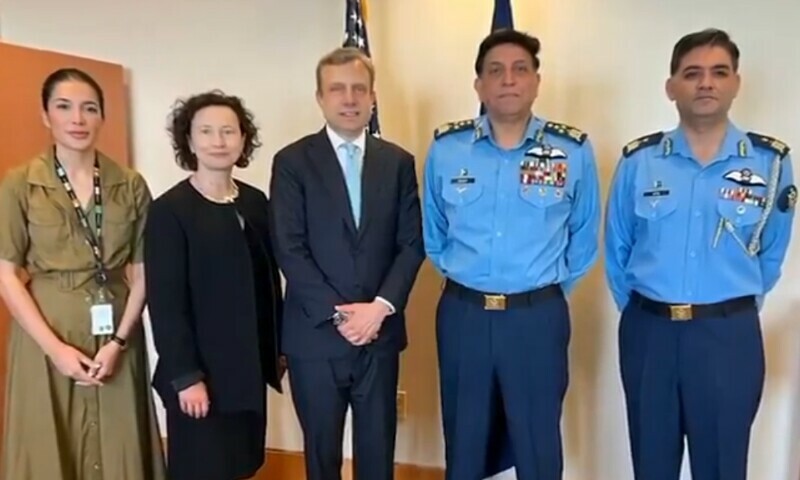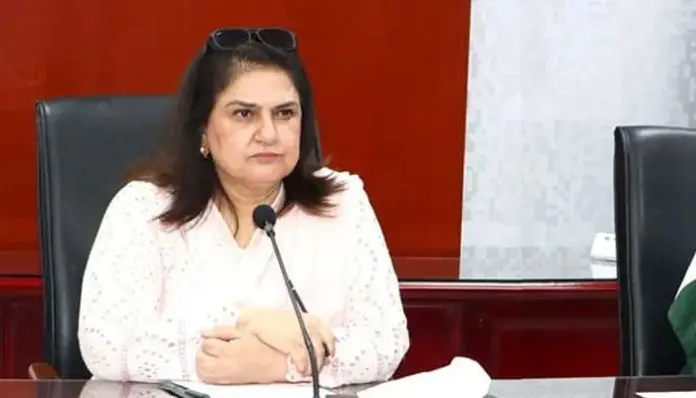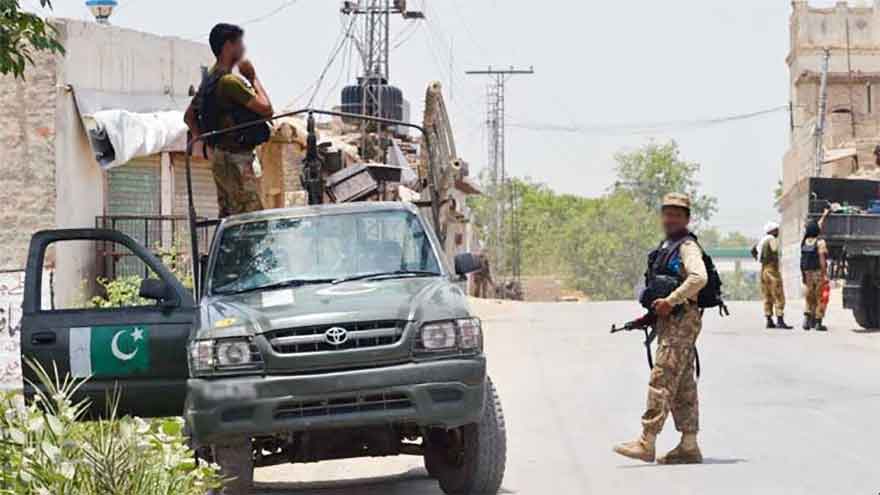During last weeks, we discussed perceptual aspects of the recent Indo-Pak standoff, India’s doctrinal collapse, deterrence, ‘Exterior/ Interior Maneuvers’ by both sides, and brief rundown.
We continue, but first a brief recap. Ceasefire violations started by India in late April; escalation and military preparations took place between May 1-6. In military operations phase, India on May 7, launched “Operation Sindoor”; and on May 10, IAF attacked eight major Pakistani air bases, including Nur Khan base in Rawalpindi. The same day Pakistan retaliated across India, launching a complex air, missile, drone, space and cyber operation “Bunyan-un-Marsoos”.
First the missile war. India used ‘cruise’ missiles, both the BrahMos version (PJ-10 co-developed with Russia) as well as the European SCALP-EG (Storm Shadow) missiles. The French made SCALP is integrated with IAF’s French Rafael jets. In BVR (beyond visual range) mode, this missile, without crossing into Pakistan’s air space, can reach upto 560 km, and was used in 7th May attack on the ‘purported’ militant infrastructure, Muridke, etc.
Indian military also employed solid-propellant rockets like the Israeli-origin medium-range (250 km) ballistic missile, Crystal Maze (also called Rocks), from Su (Sukhoi)-30 MKI fighter jets in BVR mode. IAF also fired the supersonic air-to-surface Rampage missiles, co-developed with Israel Aerospace Industries (IAI), from Su-30 MKI, Jaguar and MiG-29K (Indian Navy-IN) fighter jets. This missile can target up to 250 km.
Pakistan retaliated with conventionally-armed short-range Fatah-I and Fatah-II ‘ballistic’ missiles. A ballistic missile goes up, travels in space and renters the atmosphere heading towards the intended target with great speed, compared to the earth-hugging, relatively low flying and slow speed ‘cruise’ missile.
A standard BrahMos ranges upto 290 km, whereas its extended versions can target upto 450 km, and some up to 800 km. Future hypersonic variants would reach up to 1,500 km. Range is affected by the launchpad i.e ground, air, sea or underwater. Pakistan’s Fatah-I, test fired in 2021, ranges upto 140 km, whereas, Fatah-II can reach up to 400 km. India, without evidence, claimed intercepting these.
In both countries, the use of missiles with the given ranges can be dangerously escalatory, as most population centres on either side lie within the missiles’ arc. The shorter warning because of less flying time can also lead to wrong interpretation of the intentions.
Second, the RPV or drone war. For the first time, nuclear-armed neighbours used drones, and used armed drones, in addition to reconnaissance and intelligence-collection roles. In the drone war, Pakistan demonstrated ability to shoot down up to 100 Indian drones. IAF used a mix of decoy drones and Israel-made anti-radiation drones (Harop), Harpy and Heron drones.
India employed the Israeli (IAI) made Harop RPVs, earlier combat-tested by Azerbaijan, in Unmanned Aerial Vehicle (UAV), as well as ‘loitering munition (LM)’ mode. Harop can fly for over 6 hours reaching upto 1,000 km. India also used IAI-made Harpy drone with a range of 200 km, as LM. It also employed the long-range IAI Heron (Machatz-1) drone, capable of flying for 52 hours at up to 10.5 km height, depending upon the payload.
Pakistani drone offensive comprised some 300-400 Turkish-made Asisguard Songar armed drones, attacking 36 Indian sites, including New Delhi. Pakistan also employed the larger kamikaze drones, the Turkish-origin Yiha-III. Pakistan’s repeated drone attacks, especially on night May 7/8, targeted smaller cities in western and northern India.
Third, the aerial war. Under Sindoor on 7 May, some 125 Indian and Pakistani fighter jets engaged in aerial dogfight, firing long range missiles in BVR mode. IAF used Su-30 MKI and MiG-29 jets with the cited missile packages, whereas PAF responded with J-10C (Vigorous Dragon) using PL-15E (Thunderbolt-15) missile combos in a confrontation that lasted over an hour.
Both air forces remained on respective side of the international border to avoid AD responses, which were already being tested and saturated through drone attacks by both sides. Pakistan downed five Indian aircraft including three Rafaels, one MiG-29, one Su-30MKI and a Heron UAV during this phase, later adding a Mirage-2000, as the sixth IAF loss.
PAF’s No 15 Squadron (Cobras) flying from Minhas Base, downed the Mirage, that is basically an IN maritime patrol aircraft. The multi-role J-10Cs, flying out of Kamra Base were responsible for Rafael, Su-30 and MiG-29 shooting, using PL-15E in BVR mode.
Cobras employed 18 fighter jets during defensive interceptions on May 7. The long-range PL-15 is active radar-guided BVR missile, jointly developed by Pakistan and China, that can reach speeds of up to Mach 5 and range of about 300 km.
Fourth, Cyber and Electronic Warfare (EW) and employment of some niche capabilities. Erieye radars connected every J-10C shooter to a single but complex and deadly nervous system. Rafaels were actually ambushed by PL-15s through their AI-guided range, lethality and stealth.
Chinese targeting satellites and Saab Erieye AWACS, ensured the ‘sensor-fusion kill’ never allowing the Rafaels to ever get a lock on J-10Cs. Rafaels fell prey to PAF’s electronic chafe or noise. Simply put, Rafaels could not see and when they did, it was already over.
PAF, after silencing the sophisticated S-400 AD radar at Adampur in audacious incursions, achieved spectrum supremacy and literally dominated the Indian skies. Yet Pakistan kept attacks limited to military targets and voluntarily restrained from causing more damage to avoid escalation, as the Rafael fleet was grounded, and moved over 300 km away from the J-10C ambushes.
Pakistan’s May 10 mutli-domain offensive, including cyber, space and AI tools, crippled Indian electricity grids, jammed drones, induced errors in Indian missiles, shot its most modern aircraft and achieved psychological ascendancy. Employment of niche response and hypersonic capability surprised India.
It was around May 9, that the US, based upon some unspecified yet ‘alarming intelligence’ pointing to dangerous escalation, got seriously involved into the peace overtures. But Islamabad on May 9, declined calls for de-escalation due to its planned riposte under Pakistan’s ‘quid-pro-quo plus’ strategy.
India’s escalatory attacks on civilian population, airbases and some military infrastructure provided more lethality to Pakistan’s riposte, deemed equally escalatory by Washington. After Pakistan’s offensive response on May 10, both DGMOs established direct military-level communications, effecting ceasefire on May 11. Friendly countries played a role, as Delhi could not stabilise the situation.
Continues…








